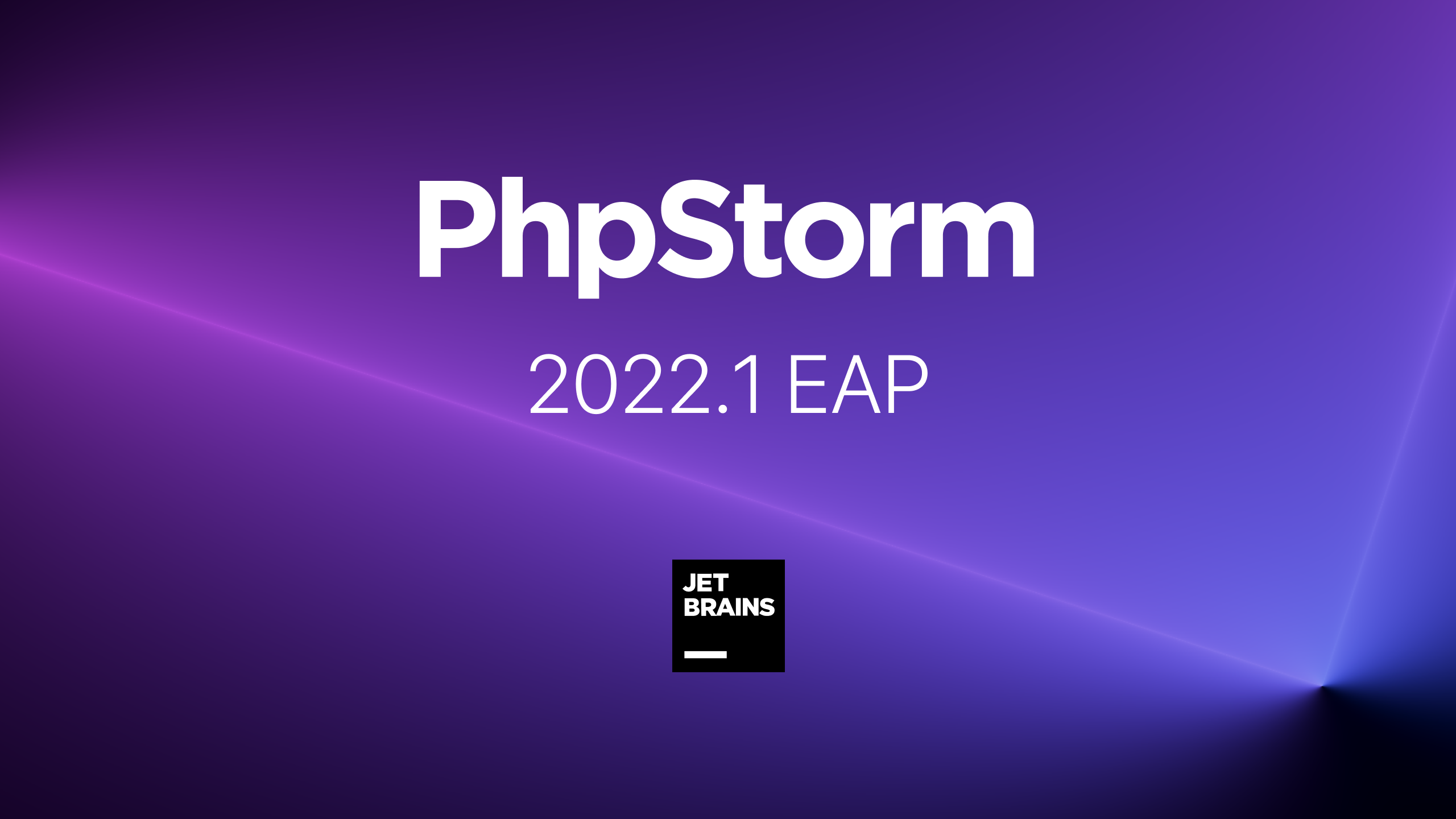PHPDoc Type Hinting for Arrays of Objects
Learn how to use PHPDoc to specify an array of objects as a parameter or return type in your PHP code for improved code clarity and static analysis.
Learn how to use PHPDoc to specify an array of objects as a parameter or return type in your PHP code for improved code clarity and static analysis.
PHP's type hinting system, while powerful, has limitations when it comes to arrays. This article explores the nuances of documenting and using arrays with type hinting in PHP. We'll cover basic array type hinting, using PHPDoc for specific array element types, limitations with arrays of objects, and how to use PHPDoc for such cases. We'll delve into array shapes for complex structures, leveraging interfaces, and the role of IDE support. The article also touches upon the impact of PHP 8's union types and the trade-offs of using PHPDoc. Finally, we'll outline best practices for achieving clarity and type safety when working with arrays in PHP.
While PHP has evolved to include type hinting for arrays and objects, there are still nuances to understanding how to best document and utilize these features.
Basic Array Type Hinting: You can use array to indicate a parameter or return value is an array. However, this doesn't specify the type of elements within the array.
PHPDoc for Specific Array Element Types: To specify the type of elements within an array, you can use PHPDoc annotations. For arrays containing only one type, use @param Type[] $arrayName. For example, @param int[] $ids indicates an array of integers.
Limitations of Native Type Hinting for Arrays of Objects: You can't directly type hint for an array of specific objects using native PHP syntax. For instance, MyClass[] $objects is invalid.
PHPDoc for Arrays of Objects: Similar to arrays of primitive types, use PHPDoc to specify the type of objects within an array. For example, @param MyClass[] $objects indicates an array of MyClass objects.
Array Shapes: For more complex array structures where keys and value types are known, you can use "array shapes" within PHPDoc. This provides a structured representation of the array's expected format.
Interfaces and Type Hinting: If objects within an array share a common interface, you can type hint for that interface. This allows for flexibility while still enforcing type checks.
IDE Support: IDEs like PhpStorm leverage PHPDoc annotations to provide better code completion, error detection, and refactoring capabilities.
PHP 8 and Beyond: While PHP 8 introduced union types (e.g., int|string), these cannot be combined with array notation. PHPDoc remains the solution for specifying types within arrays.
Trade-offs of PHPDoc: While PHPDoc offers flexibility, it's not enforced by the runtime. Static analysis tools like PHPStan can help ensure type correctness based on PHPDoc annotations.
Best Practices: Strive to use the most specific type hints possible, whether native or through PHPDoc. This improves code clarity, maintainability, and helps prevent runtime errors.
The PHP code defines a class ArrayTypeHintingExamples that demonstrates different ways to use type hinting with arrays in PHPDoc. It includes examples for basic arrays, arrays with specific element types (like integers or objects of a certain class), and even defining complex array shapes with specific keys and types. The code highlights the use of PHPDoc for enhancing documentation and enabling static analysis tools to understand and potentially enforce these type constraints.
<?php
class MyClass {}
interface MyInterface {}
class MyImplementation implements MyInterface {}
class ArrayTypeHintingExamples {
/**
* Basic array type hinting.
*
* @param array $data An array of data.
* @return array The processed data.
*/
public function basicArray(array $data): array {
// ... process data
return $data;
}
/**
* Array with specific element type (int).
*
* @param int[] $ids An array of IDs.
* @return void
*/
public function specificElementType(array $ids): void {
// ... use the IDs
}
/**
* Array of objects (using PHPDoc).
*
* @param MyClass[] $objects An array of MyClass objects.
* @return void
*/
public function arrayOfObjects(array $objects): void {
// ... use the objects
}
/**
* Array shape example.
*
* @param array $user User data with specific keys and types.
* @return void
* @phpdoc
* {
* "user": {
* "id": "int",
* "name": "string",
* "active": "bool"
* }
* }
* @phpdoc
*/
public function arrayShape(array $user): void {
// ... use the user data
}
/**
* Interface type hinting for array elements.
*
* @param MyInterface[] $implementations An array of objects implementing MyInterface.
* @return void
*/
public function interfaceTypeHinting(array $implementations): void {
// ... use the implementations
}
}Explanation:
basicArray(): Demonstrates basic array type hinting, but doesn't specify element types.specificElementType(): Uses int[] in PHPDoc to indicate an array of integers.arrayOfObjects(): Uses MyClass[] in PHPDoc to indicate an array of MyClass objects.arrayShape(): Shows how to define a complex array structure ("array shape") within PHPDoc.interfaceTypeHinting(): Uses MyInterface[] to allow for an array of objects implementing the MyInterface interface.Key Points:
array hint with a clear description is sufficient.| Feature | Description | Native Support | PHPDoc |
|---|---|---|---|
| Basic Array Type Hinting | Indicate a parameter or return value is an array. | array |
Not applicable |
| Specific Array Element Types | Define the type of elements within an array. | No |
@param Type[] $arrayName (e.g., @param int[] $ids) |
| Arrays of Objects | Specify the type of objects within an array. | No | @param MyClass[] $objects |
| Array Shapes | Document complex array structures with specific key and value types. | No | Yes, using structured comments |
| Interfaces | Type hint for an interface shared by objects within an array. | Yes, using interface name | Not applicable |
| IDE Support | Leverage type hinting for code completion and error detection. | Yes | Yes, through PHPDoc |
| PHP 8 Union Types | Use union types within arrays. | No | No, PHPDoc remains the solution |
Key Takeaways:
In conclusion, effectively working with arrays in PHP, especially when aiming for type safety and clarity, requires a nuanced understanding of the language's type hinting mechanisms. While native type hinting provides a basic level of type checking for arrays, it falls short when it comes to specifying the types of elements within those arrays. This is where PHPDoc annotations become indispensable. By using PHPDoc, developers can provide more detailed type information about the elements within an array, whether they are primitive types, objects, or even complex structures defined using array shapes. While PHPDoc relies on static analysis tools for enforcement and doesn't offer runtime type checking, it significantly enhances code clarity, documentation, and the ability of IDEs to provide helpful feedback and code completion. As PHP continues to evolve, it's essential to stay informed about new features and best practices for type hinting, ensuring that code remains robust, maintainable, and scalable.
 PHPDoc Types | PHPStan | A PHPDoc type is what's written in place of [Type] in annotations like ... array shapes but represents objects with public properties with specified types:.
PHPDoc Types | PHPStan | A PHPDoc type is what's written in place of [Type] in annotations like ... array shapes but represents objects with public properties with specified types:. PHPDoc type hint for variable that can be looped over or act as array ... | I’m not sure what exactly PHPDoc type hint should be for a variable that is either array or an object that can act like an array? I have come up with some ideas but I’m not 100% sure about them: The param has to be an array or an object that can be used in foreach: /** * @param array|Traversable $subscribers / The param has be be an array or an object that can use all ArrayAccess features like foreach, count(), square bracket element access, etc.: /* * @param array|ArrayAccess $...
PHPDoc type hint for variable that can be looped over or act as array ... | I’m not sure what exactly PHPDoc type hint should be for a variable that is either array or an object that can act like an array? I have come up with some ideas but I’m not 100% sure about them: The param has to be an array or an object that can be used in foreach: /** * @param array|Traversable $subscribers / The param has be be an array or an object that can use all ArrayAccess features like foreach, count(), square bracket element access, etc.: /* * @param array|ArrayAccess $... PhpStorm 2022.1 EAP #3: Enhanced Array Shapes | The PhpStorm ... | The third build of our Early Access Program for PhpStorm 2022.1 is now available! This blog post will cover enhanced support for array shape annotations that improve code completion for object-like
PhpStorm 2022.1 EAP #3: Enhanced Array Shapes | The PhpStorm ... | The third build of our Early Access Program for PhpStorm 2022.1 is now available! This blog post will cover enhanced support for array shape annotations that improve code completion for object-like